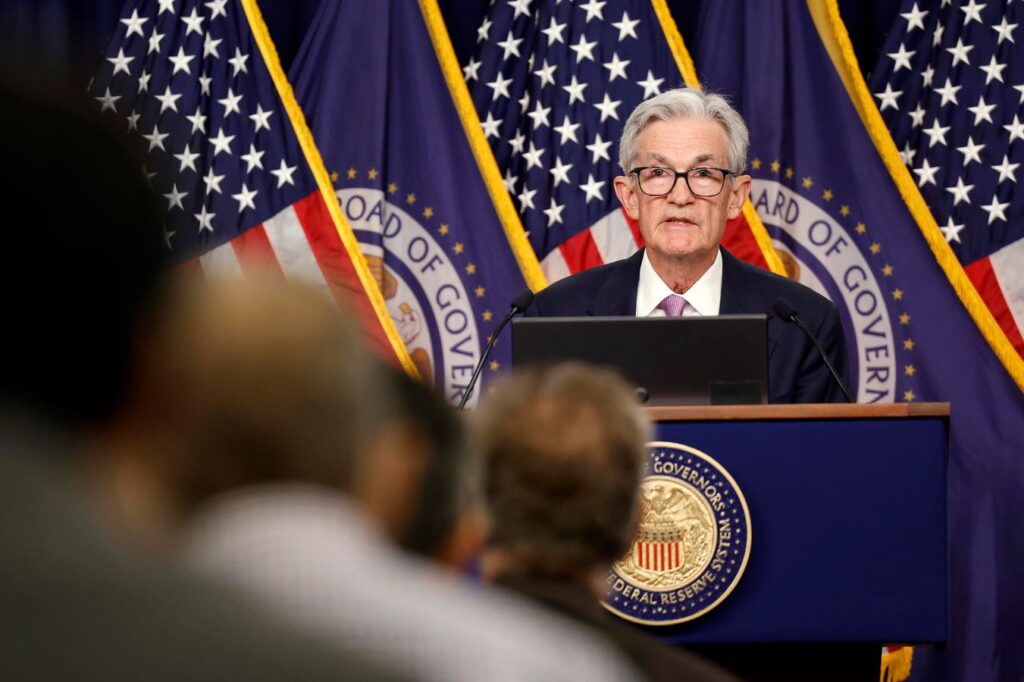On September 18, 2024, Federal Reserve Chairman Jerome Powell announced a significant decision during a press conference following the Federal Open Market Committee (FOMC) meeting, indicating a reduction of the central bank’s benchmark interest rate by 50 basis points, establishing a new range of 4.75%-5%. This move marked a pivotal shift in monetary policy, recognizing that inflation metrics had alleviated from the higher levels witnessed between 2021 and 2023. The upcoming Consumer Price Index (CPI) data, scheduled to be released on October 10, 2024, is anticipated to bolster the FOMC’s case for continued rate cuts in the next meeting. However, it is suggested that the unemployment data may play a more critical role in informing the Committee’s decision-making process in the future.
In examining the latest inflation metrics, the data is decidedly more favorable compared to preceding periods. As reported by the Atlanta Fed’s Dashboard, the headline annual CPI inflation stood at 2.5% as of August 2024, while core CPI, which excludes volatile food and energy prices, remained at 3.2%. Although these figures still fall short of the FOMC’s target inflation rate of 2%, they emphasize a significant decline from previous high inflation rates. This backdrop led to the FOMC enacting its first interest rate cut in September, signifying a shift in economic conditions where stringent monetary policy is no longer deemed necessary.
For the near future, economic forecasts from the Cleveland Fed project modest monthly inflation rates, with expectations of a 0.1% increase in headline CPI and a 0.3% rise in core CPI for September. Should these predictions materialize, they would further validate the FOMC’s stance that inflation is increasingly under control. Nonetheless, there are underlying concerns, particularly regarding the continued rise in shelter costs, which have surged at an annual rate of 5.2% as of August 2024. The FOMC recognizes that reaching its inflation target will require a moderation of these shelter costs. Additionally, the Committee remains vigilant against unexpected inflationary shocks, such as wage increases stemming from labor disputes, which could reignite wage-led inflationary pressures.
Attention has recently shifted for the FOMC from the focus on inflation to the employment sector, underscoring the dual mandate of the Committee to maintain full employment alongside stable prices. Historical trends indicate that abrupt rate increases tend to correlate with rising unemployment figures. Currently, the unemployment rate stands at 4.1%, reflecting a gradual increase from 3.8% in September 2023. This slow ascent in unemployment has helped temper recession fears, although the labor market dynamics may take precedence over inflation metrics in future FOMC assessments if inflation continues to trend downward.
Looking ahead, the FOMC is scheduled to determine interest rates once again on November 7, 2024, with the upcoming October 10 CPI data being the last significant consumer inflation report prior to this decision. Further insights will be gleaned from the Personal Consumption Expenditures (PCE) Price Index due on October 31, which can influence the FOMC’s outlook on inflation trends. Market expectations, as indicated by the CME FedWatch Tool, suggest that the Committee will likely opt for a 0.25% cut to interest rates, although there remains a possibility that rates could be held steady, particularly in light of robust employment data from September, which revealed an increase of over 254,000 jobs.
As the economic landscape continues to evolve, it is clear that the Federal Reserve is poised to adapt its policy in response to the interplay of inflation and employment data. While a cooling inflation rate may provide grounds for the FOMC to implement further rate cuts, the future trajectory of monetary policy will be closely tied to labor market developments. The delicate balance between fostering economic growth and maintaining price stability will remain at the forefront of the Committee’s considerations as it navigates the complexities of a transitioning economy. Depending on forthcoming economic indicators, particularly regarding inflation and employment, the FOMC may tweak its approach to ensure both sustainability and resilience in the financial system.

